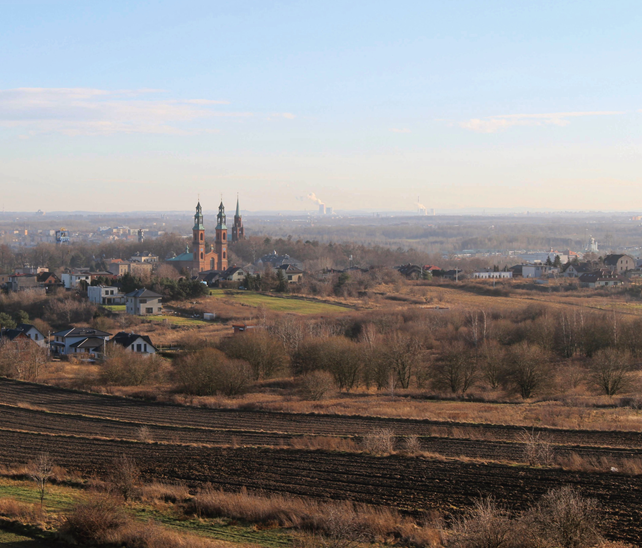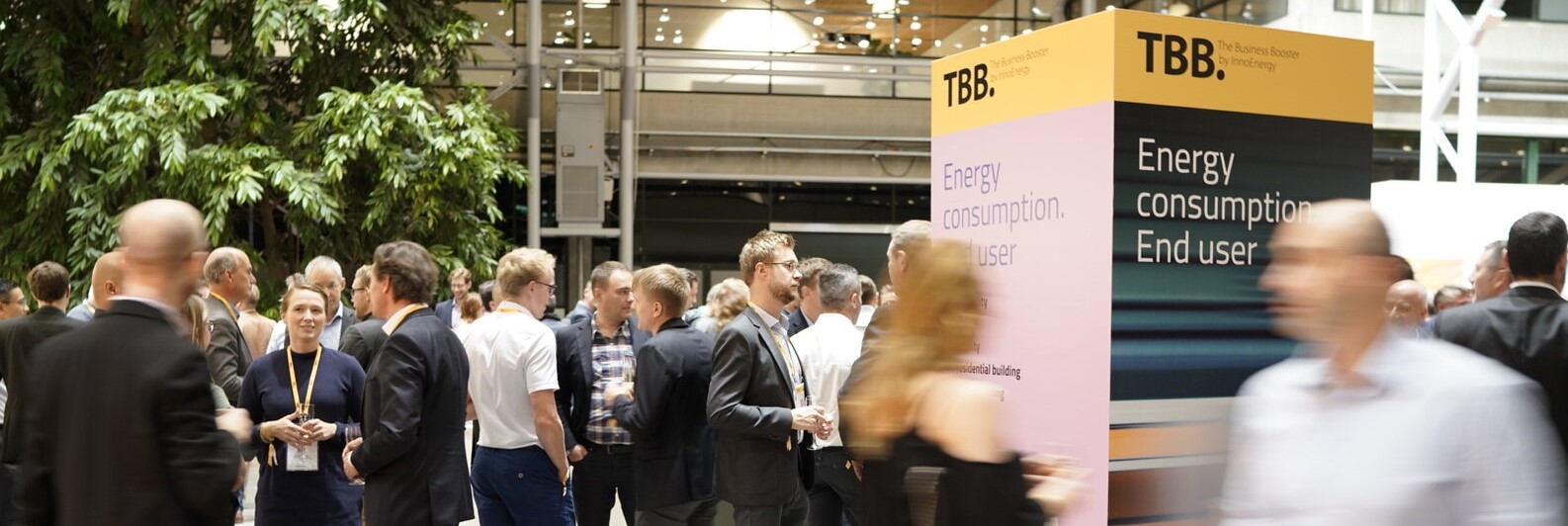InnoBlog: The energy transition challenges facing Poland

When it comes to decarbonisation and the energy transition, few countries have been faced with as many challenges as Poland. The country’s historical ties with coal still have an impact in its CO2 emissions. It will require lots of collaboration and innovation to transition to a lower emission context. In this blog, I explore the historical context and some decarbonisation pathways for Poland.
The Polish energy system
First, let’s contextualize the Polish energy landscape, focusing in particular on electricity. Per the International Energy Agency, Poland generated approximately 72% of its electricity from coal in 2019. In second and third place fell wind and natural gas at a 9% each.
There is still a heavy reliance on coal. However, coal is not only used for electricity generation; it also fulfills a significant portion of space heating needs in Polish homes. This is increasingly receiving more and more attention, as the corresponding low-level emissions have caused significant smog and air pollution hazards. This situation – which is particularly present in the rolling hills and valleys of the southern parts of the country – has led many municipalities to prohibit using coal-fired stoves and burners. However, their replacement and upgrade to gas or electric heating is expensive, out of reach for many homeowners.
A long tradition of coal
It may come as a surprise, but mining in the upper Silesian basin stretches back hundreds of years. People extracted various valuable ores and metals – including iron, lead, silver, salt, and of course, coal. The Industrial Revolution sparked a boom in coal mining, which then remained high during the Communist era.
Silesia – or “Śląsk”, as it is known in Polish – is the coal-mining region in Poland. This is, coincidentally, the same region that my family comes from. On both sides of the family, many people have been involved in the industry to varying degrees. In fact, in the south, it would be uncommon to not know a miner; everyone does. It was always seen as a very respectable position in society, similar to a doctor or a lawyer. The importance of the mining industry also led to significant development, technological progress, education, and wealth to Silesia, too. As such, the precious black gem is not only a source of energy, but practically a cultural icon deeply ingrained in society.
After the fall of Communism in the 1990s and a restructuring of the mining industry, coal production has fallen significantly. Nevertheless, it remains a major industry in Poland, which still has ample reserves of both hard-coal and soft-coal (lignite). But domestic mines face a challenge from foreign competitors: it is, in fact, often cheaper to import coal from Russia, Australia, or the US.
Decarbonisation pathways
Since Poland is a part of the European Union, it is aligned with the bloc’s climate neutrality goals by 2050. However, phasing out the reliance on coal will require a multi-stage process, with all stakeholders involved. Thankfully, the Green New Deal provides a comprehensive growth strategy to meet these goals, inclusively, for all EU Member States.
Investments will have to be made strategically, optimally utilizing the existing assets in place. Education initiatives based around climate change and energy efficiency are also necessary to incur a positive public opinion on the energy transition.
Perhaps most critical will be properly incentivizing the installation of renewables, green technologies, improvements in energy efficiency, etc. However, much progress is being made. In recent years, the installation of residential solar PV power has skyrocketed, and plans are in place to construct new offshore wind capacity in the future.
My perspective
Given my family’s history, I am keenly aware of the complex challenges facing Poland’s decarbonization. It’s no easy task, with many cultural, political, societal, and financial factors involved.
One of my favorite parts of the EIT InnoEnergy Master’s programme has been the exposure to the different interdisciplinary parts of the energy transition. It has also taught me to think critically and approach problems from different perspectives, to appropriately tailor solutions to the task at hand. With these skills and mindset, I am convinced that my generation of engineers will be able to solve complex challenges like Poland’s.
Several EIT InnoEnergy programmes tackle the challenges current facing Poland. Check them out below.
by Emilia Chojkiewicz, EIT InnoEnergy student

